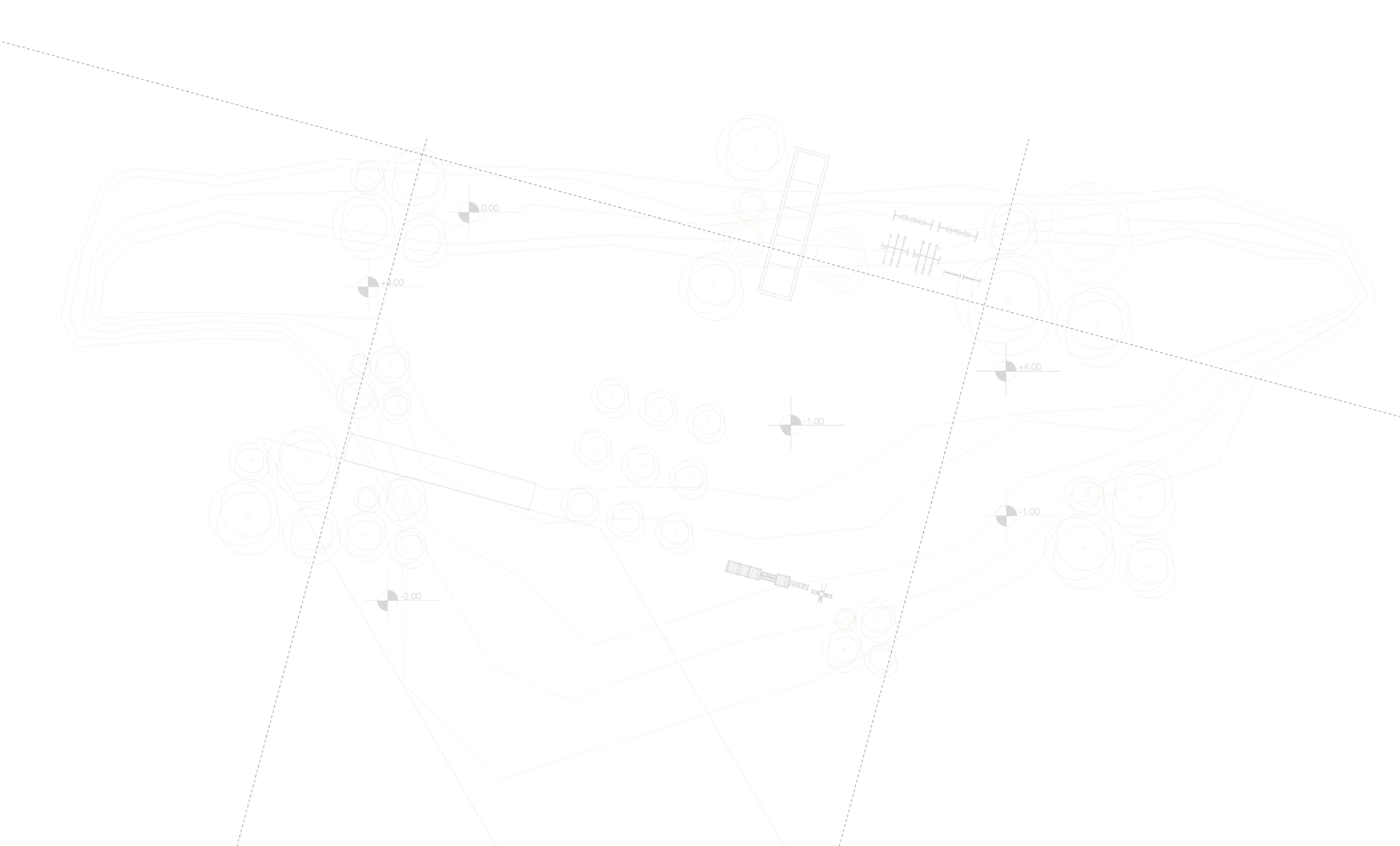
Conclusions
1.1 Restatement of Building Design Problems (Main: BC/CM Problem)
A critical issue of Al Ain existed local healthcare facilities is that they aren’t sustainable in the first place and if they happen to be sustainable then they aren’t modular and this is the project fundamental aim and purpose. Such, the project scope is to design a sustainable modular clinic serving local communities of Al Ain with their health needs. The clinic design undergoes three main phases of sustainability which are environmental, social and economic sustainability altogether integrated with sustainable architectural, structural, mechanical and electrical systems with the respect to Estidama Building Rating System – Pearl 1.
A dense research is conducted covering the project scopes and deliverables consolidated from local and international references. Building construction systems is scoped more than management by 70% while building management is only 30%. Modularity in the design was targeted for ease of compatibility with the population density and growth of local communities along with wise land use of the existed site.
1.2 Summary of Final Building Design Solutions (Main: BC/CM Solution)
Building design solutions comprise the proper functioning of the building envelope by the selection of sustainable construction systems complying with Estidama requirements, such as the green roof system, glazing type and the pre-cast insulated concrete panel. These systems are characterized with efficiency and high thermal resistance, to ensure thermal performance and to contribute remarkably in the reduction of the energy consumption. While for the construction management, a work break down structure is developed and a building cost estimation was done in depth for exterior wall panels to insure that the clinic is a cost efficient project. Time and resource management is done for a single activity using the Primavera Software.
The structural system is covering a system selection and preliminary calculations along with the STAAD model to verify the stabiblity of the structure. Finally, the electrical and mechanical systems are studied according their efficiency and are simulated using DILUX lighting Software.
1.3 Summary of Outcomes and Deliverables
The outcomes of the project include a full architectural design of an integrated environmental and social sustainable clinic, with low energy consumption, high social interaction and adaptable modular design. This is achieved through the proper selection of building space program, form, orientation, fenestration and shading strategies. It also covers a convenient sustainable building construction systems and details are presented as working drawings and 3D details .Finally the outcomes include an appropriate steel structural design and an illustration of a comprehensive engineering integration of electrical and mechanical systems.
1.4 Final Discussion and Remarks
Lastly, at the end of the project, objectives are accomplished by designing a real sustainable clinic design that has a total consumption of energy as small as 0.059 KWh/m2. Not only as a green building but also as a social sustainable clinic that serves elderly and adapt subsequently of the local needs and population growth.
Recommendations are stated: the clinic project is fully modular and sustainable. It can be applicable not only in Al Ain communities but also in any other city even if they’re featured as a dense urban context. The clinic size can adjust accordingly as long as site area is available.
